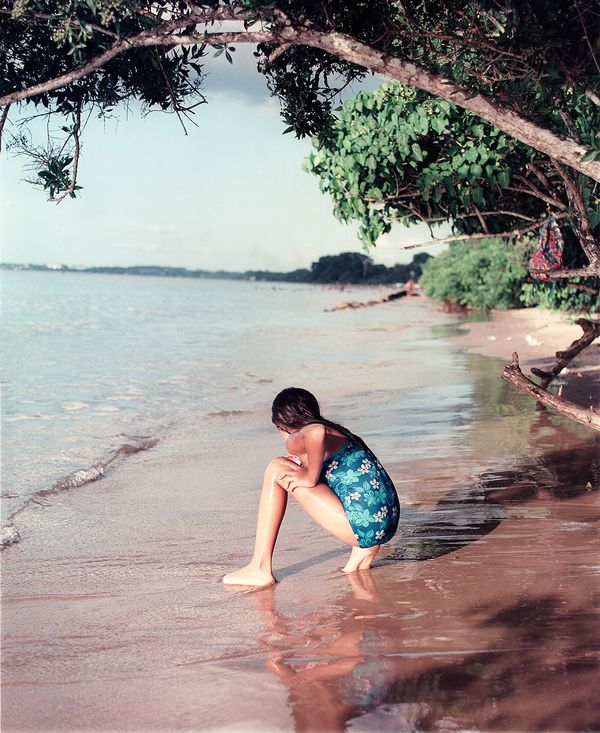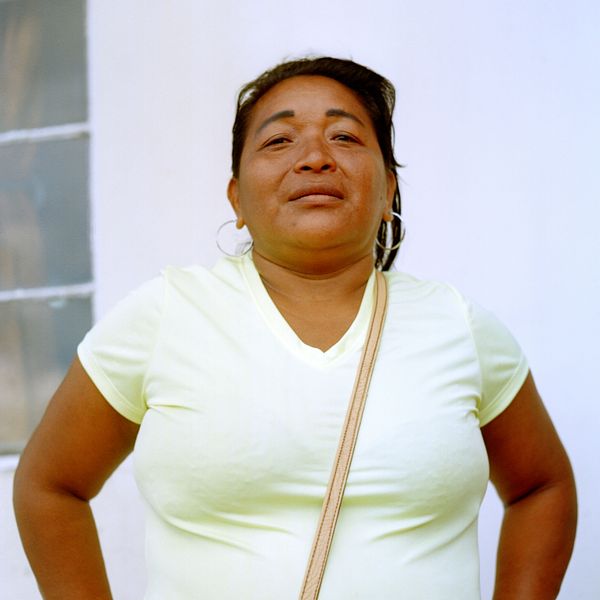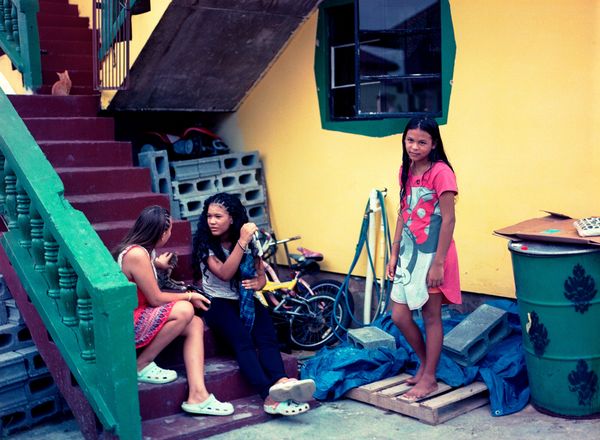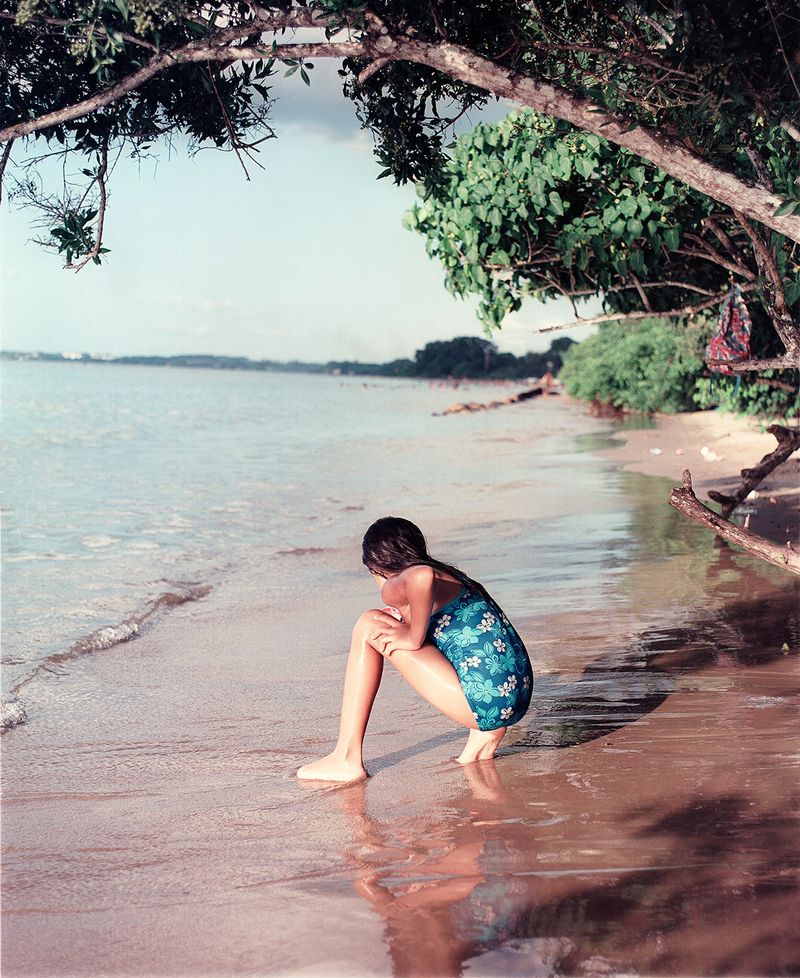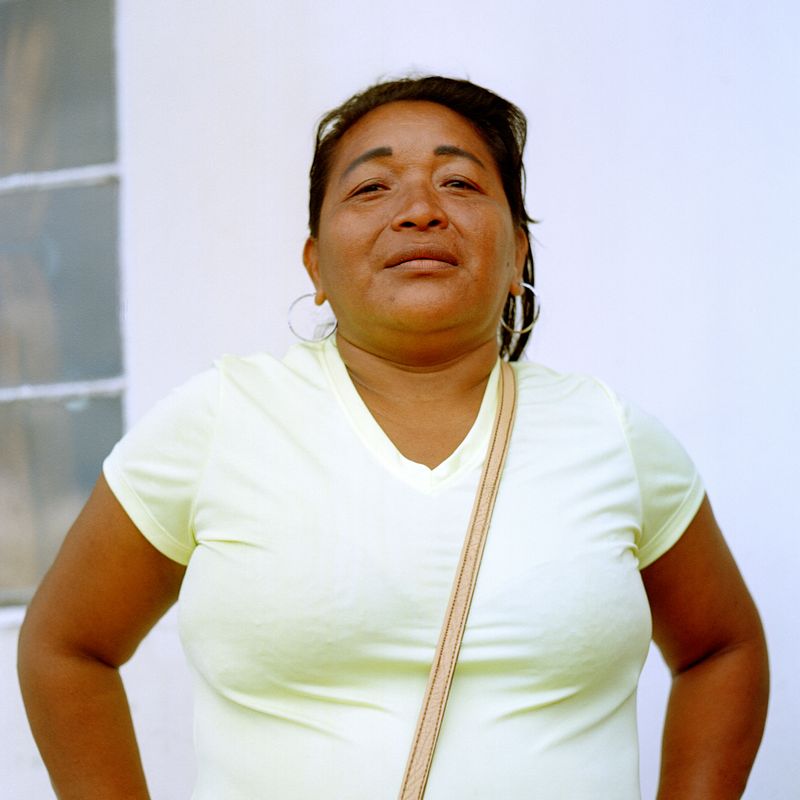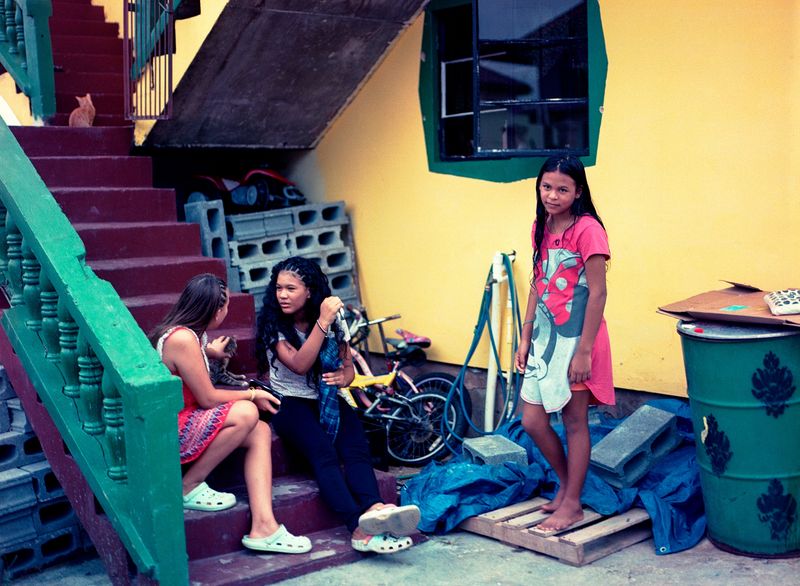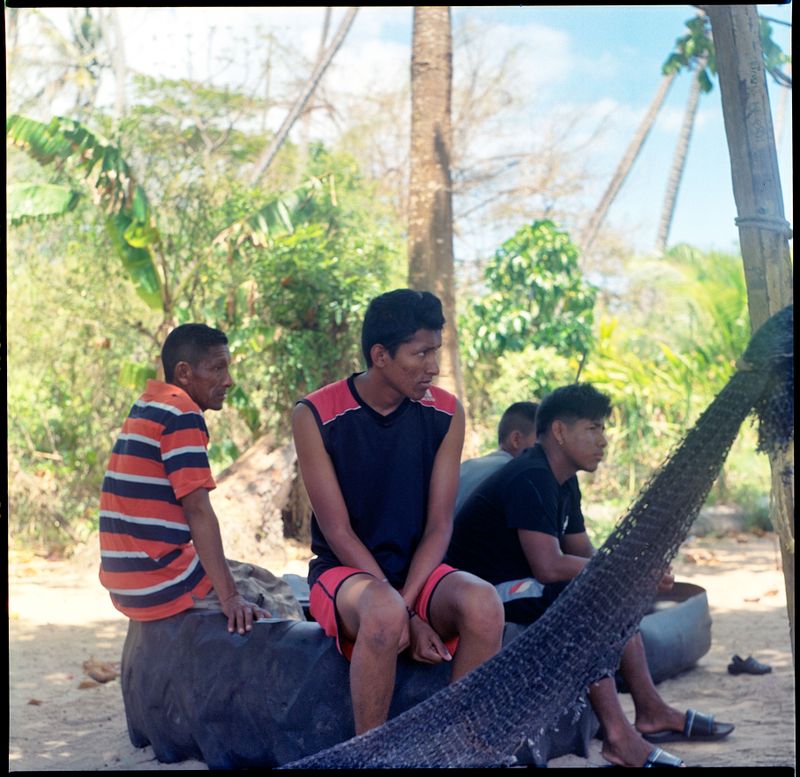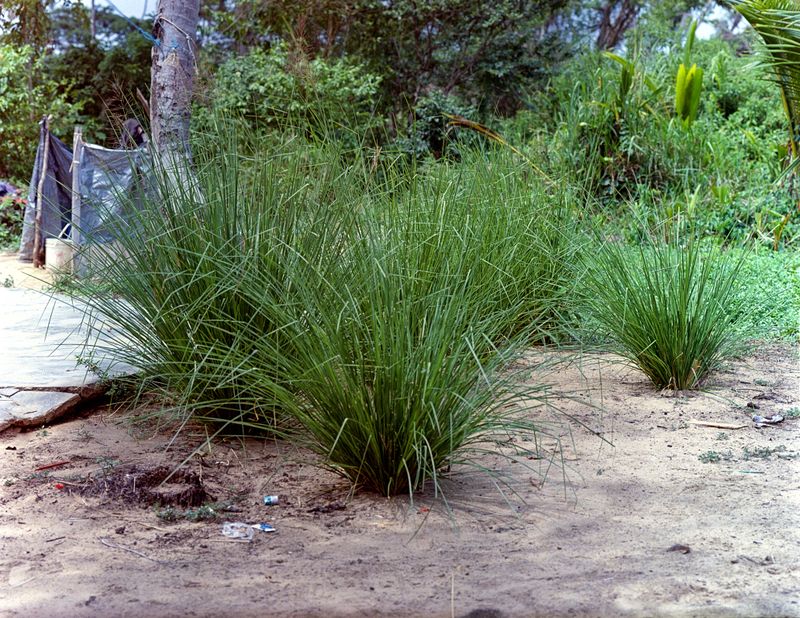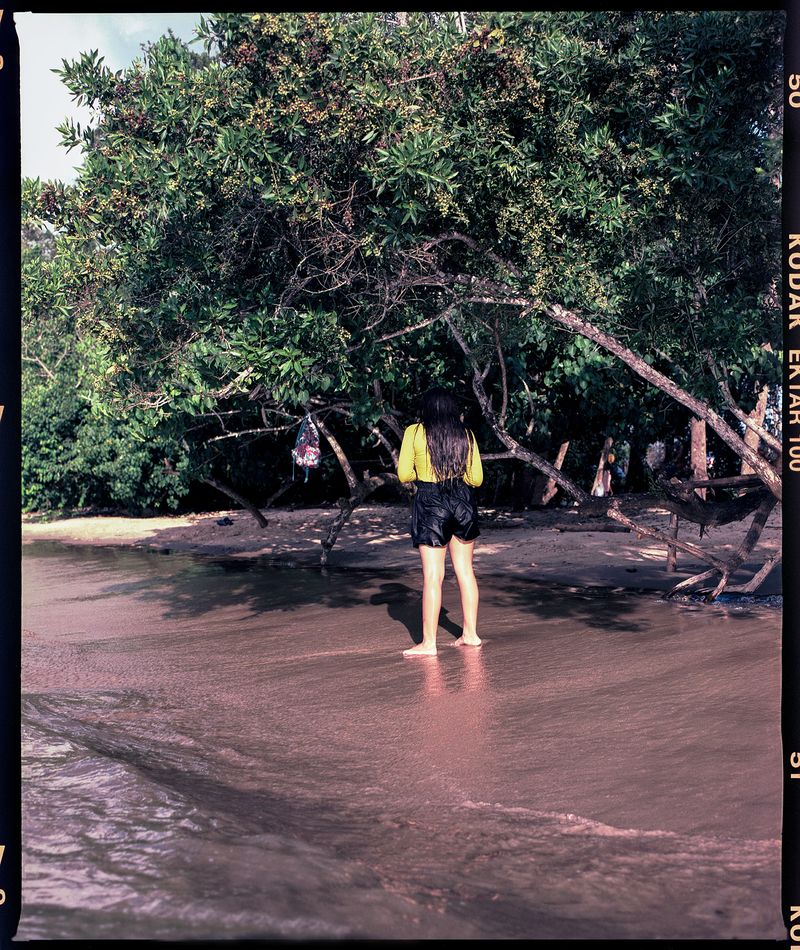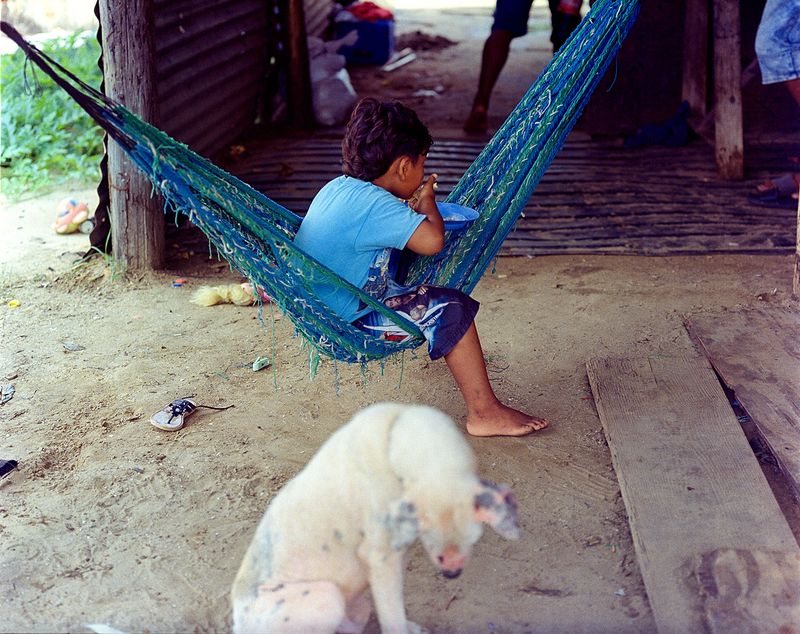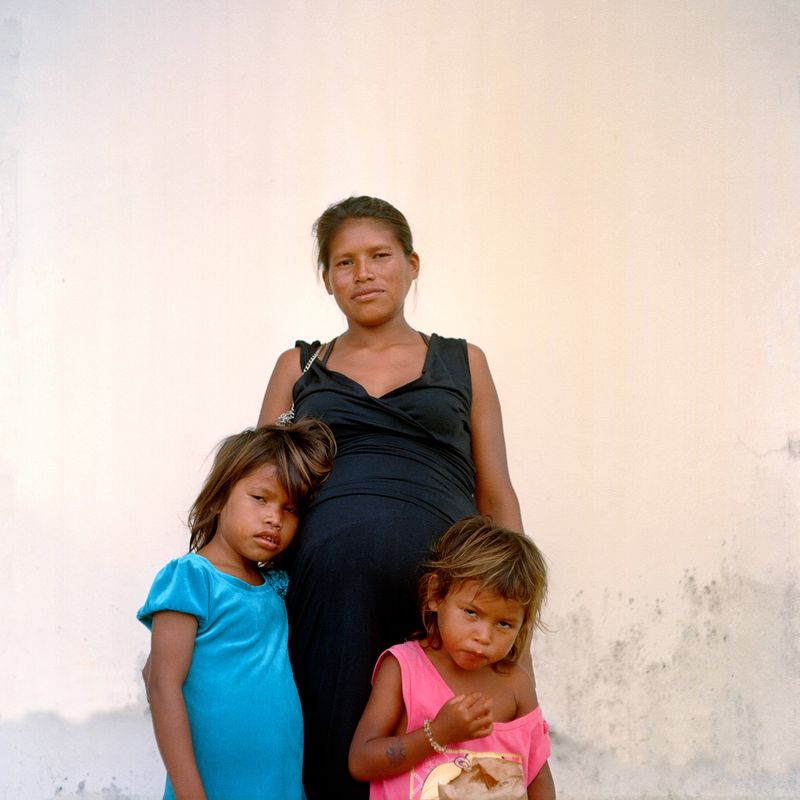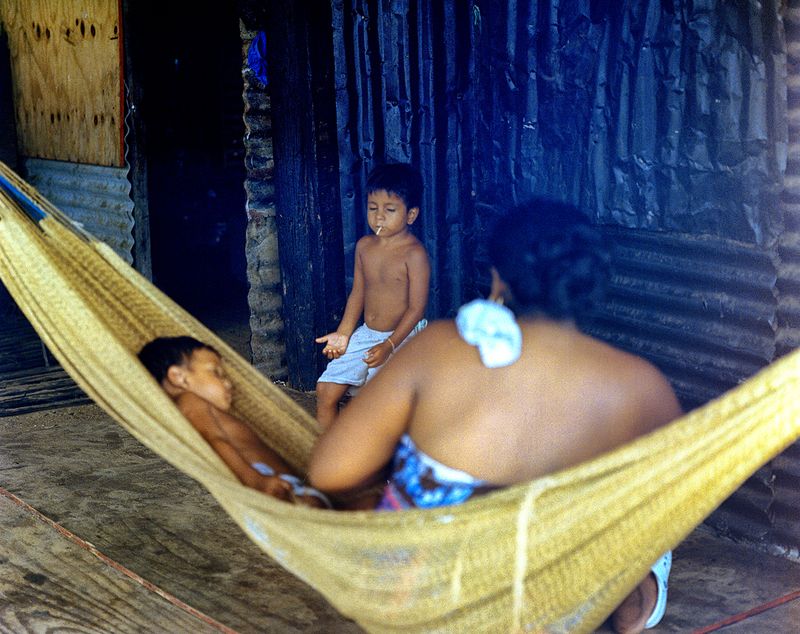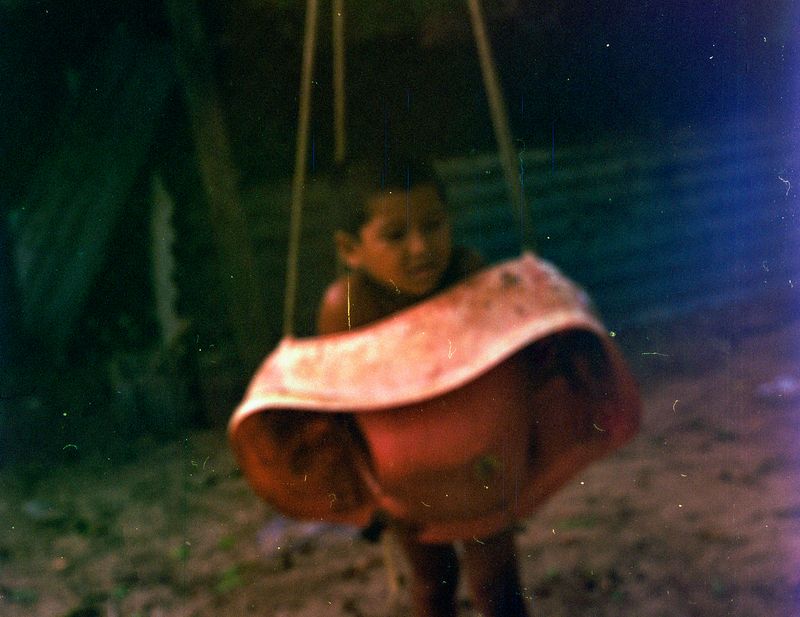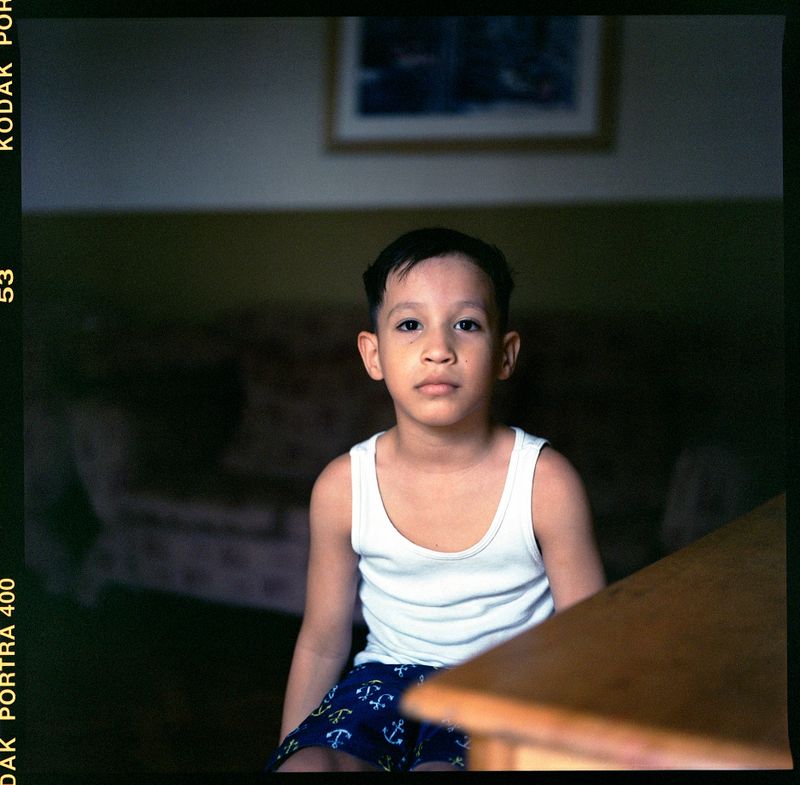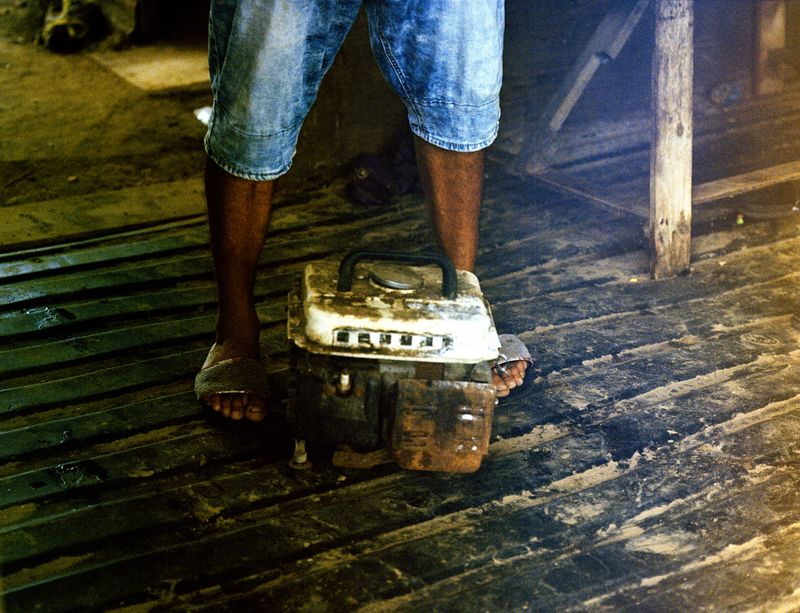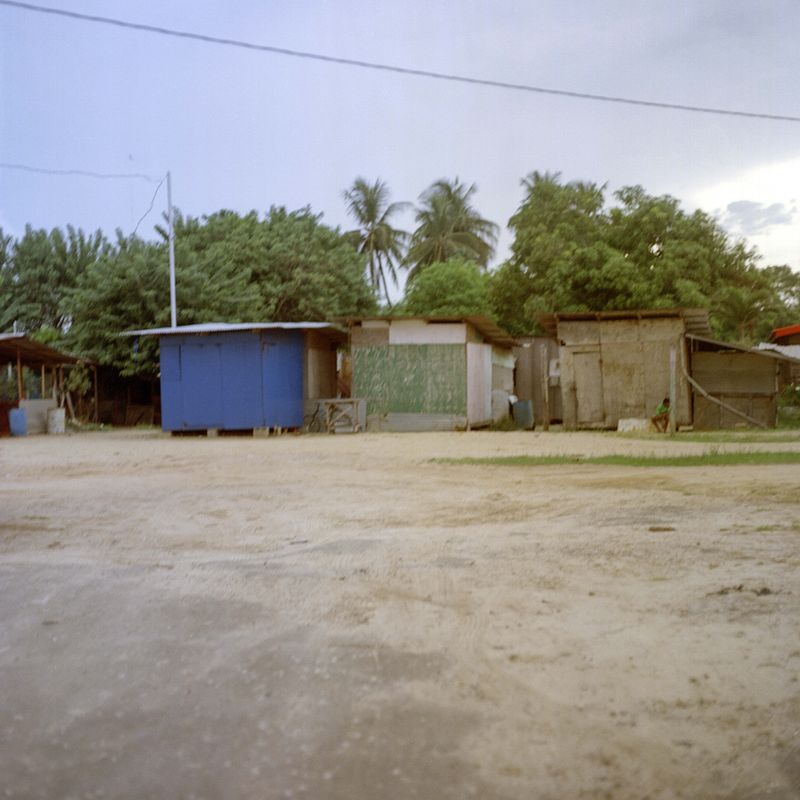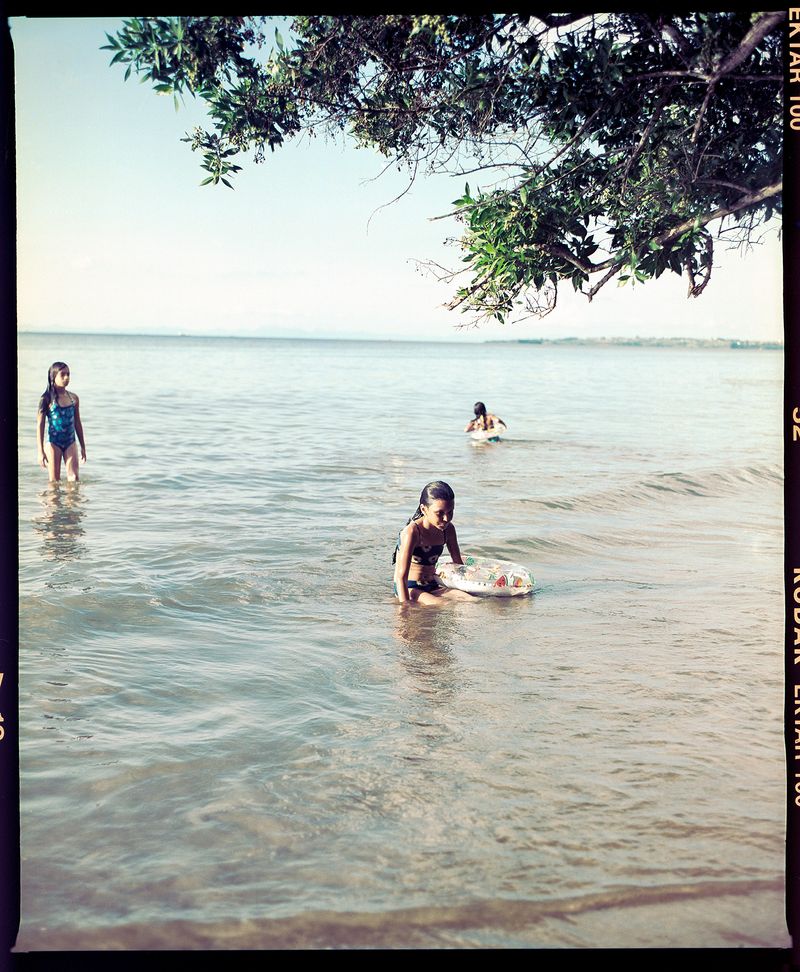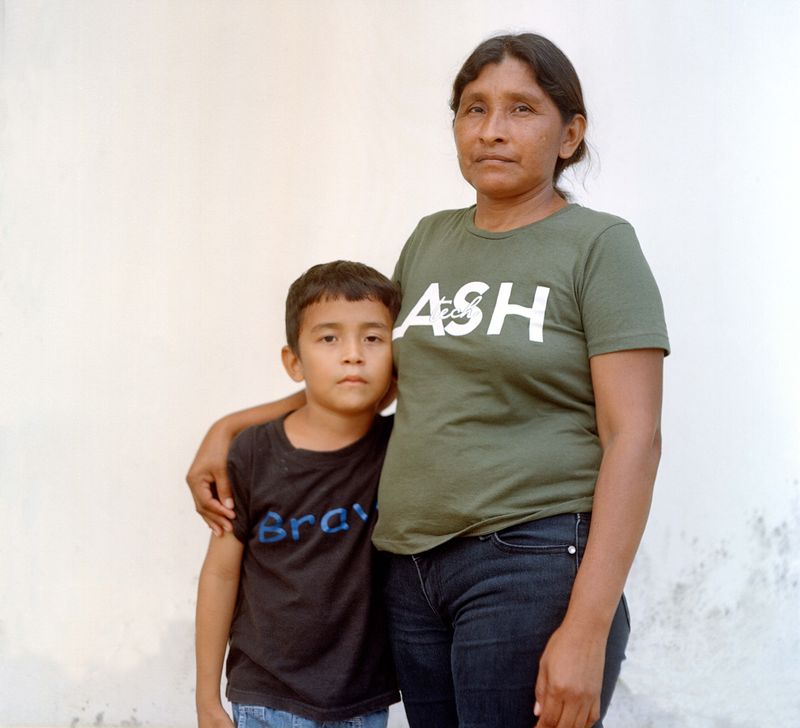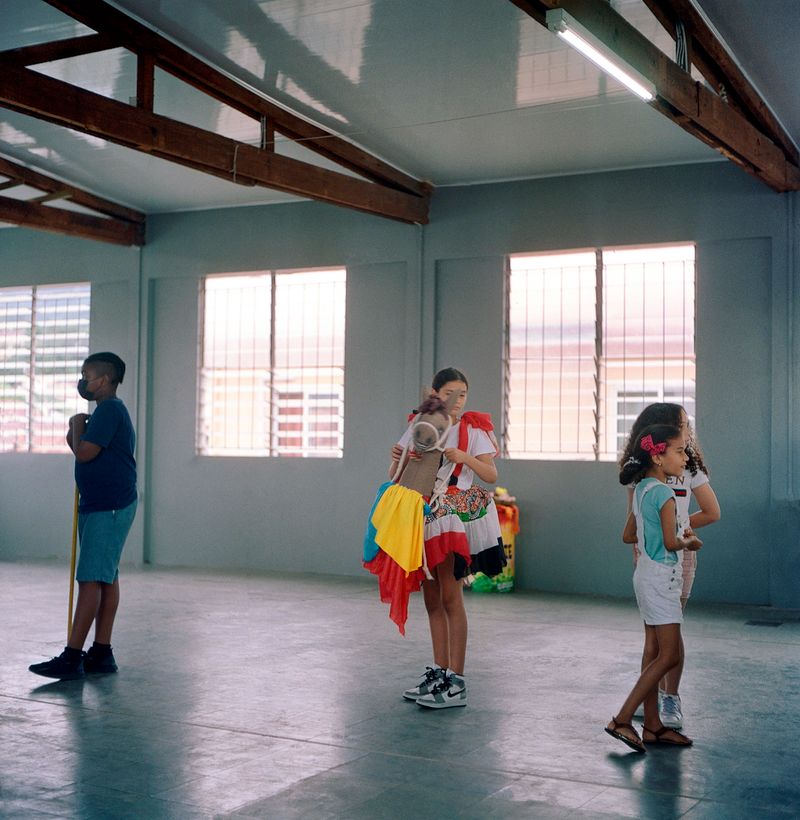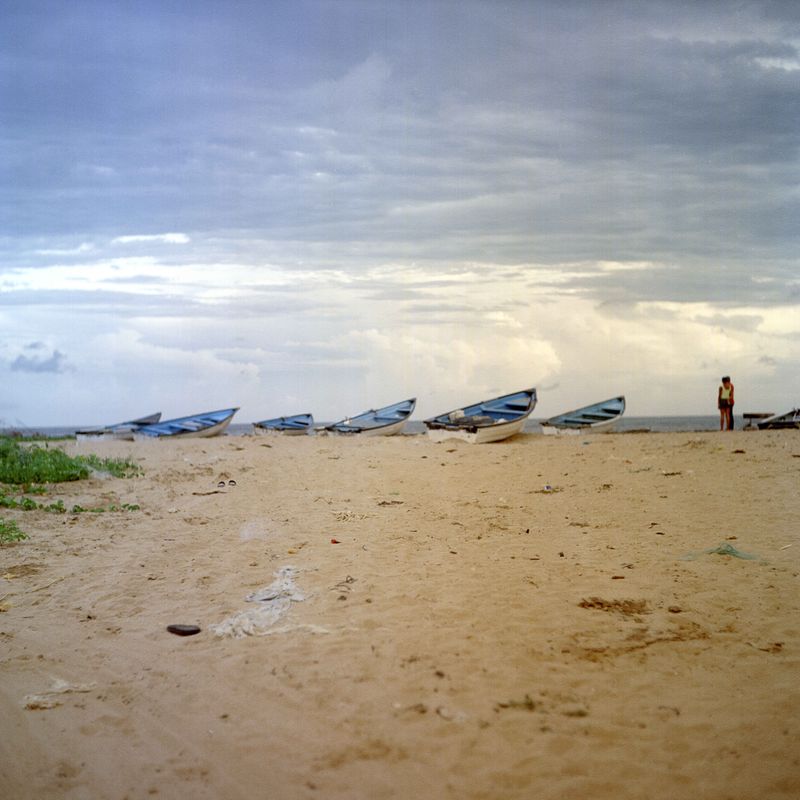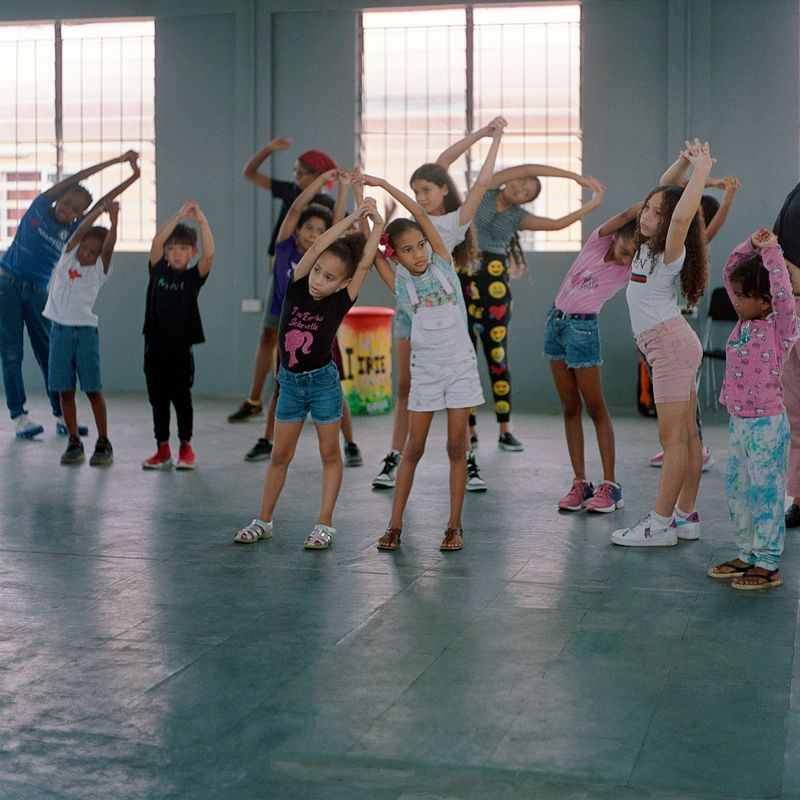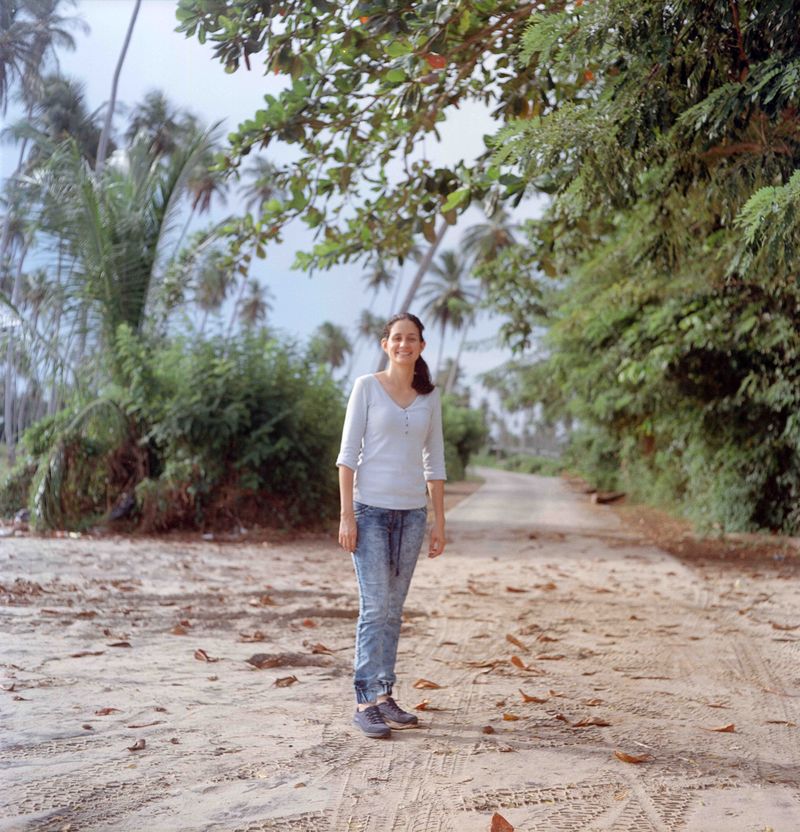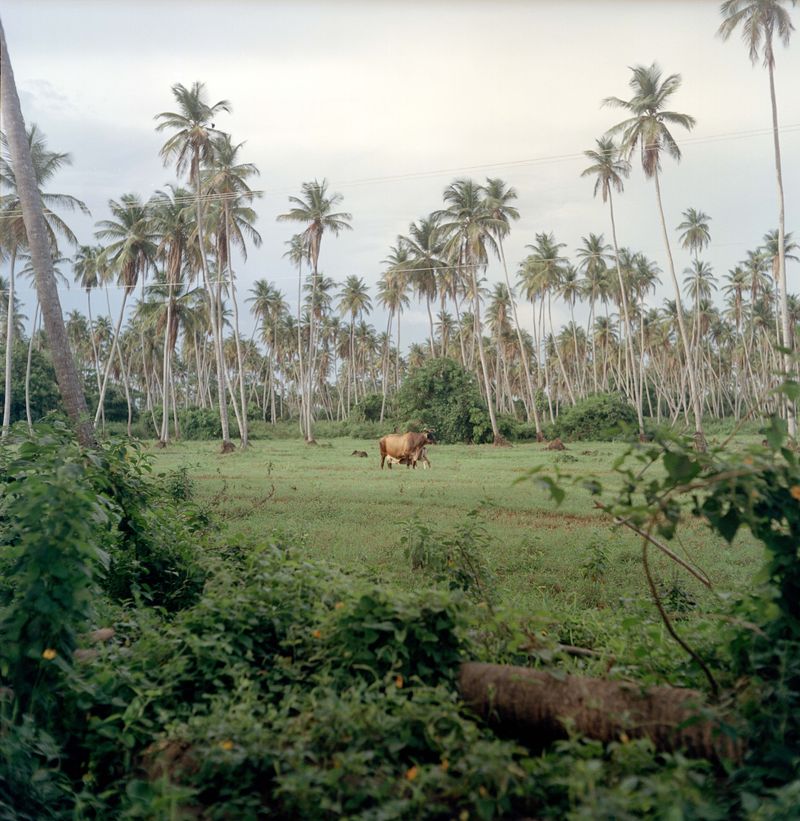Vecina: Nay-bah
-
Dates2021 - Ongoing
-
Author
- Location Trinidad and Tobago, Trinidad and Tobago
-
Recognition
My docu-series Vecina: Nay-bah (Trinidadian Creole for the word neighbor), aims to foreground the unheard stories of Venezuelan migrants who strive to build a life in Trinidad while supporting family members in their home country.
It is estimated that 6 million Venezuelan nationals have left their homes due to the country’s economic collapse. Separated by only 7 miles of water, a long-established maritime route exists between Venezuela and the twin-island state of Trinidad and Tobago.
My docu-series, Vecina: Nay-bah (Trinidadian Creole for 'neighbor '), is a platform to amplify the voices of Venezuelan migrants. It aims to bring their stories to the forefront, showcasing their remarkable resilience as they strive to build a life in Trinidad while supporting their families back home. The series delves into the challenges of migrant life in Trinidad and the issues that arise during integration into Trinidadian society.
As someone with experience with migrant existence, the ability of the Venezuelan migrants to build a life in Trinidad intrigued me. I first started building rapport with the community in 2021, during the COVID pandemic, and due to the time spent amongst the different communities I have been able to intimately exist with them, allowing me to tell their authentic stories.
The current political outcomes have curbed a lot of hope most of the Venezuelan diaspora held in returning to their homes. The Trinidad/Caribbean experience of the Venezuelan migrants has not been documented. My goal with this documentary project is to highlight this unique story that has yet to be told and shared.
